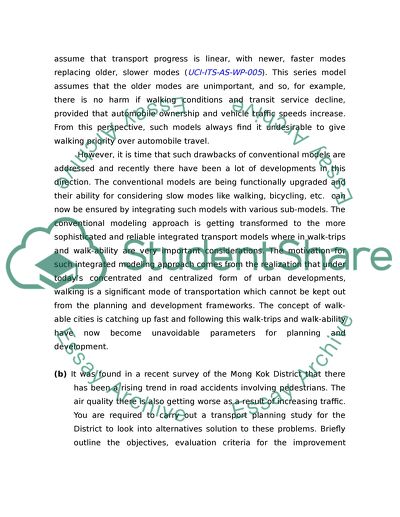Cite this document
(Project Appraisal in Transportation Assignment Example | Topics and Well Written Essays - 1250 words, n.d.)
Project Appraisal in Transportation Assignment Example | Topics and Well Written Essays - 1250 words. Retrieved from https://studentshare.org/technology/1536068-project-appraisal-in-transportation
Project Appraisal in Transportation Assignment Example | Topics and Well Written Essays - 1250 words. Retrieved from https://studentshare.org/technology/1536068-project-appraisal-in-transportation
(Project Appraisal in Transportation Assignment Example | Topics and Well Written Essays - 1250 Words)
Project Appraisal in Transportation Assignment Example | Topics and Well Written Essays - 1250 Words. https://studentshare.org/technology/1536068-project-appraisal-in-transportation.
Project Appraisal in Transportation Assignment Example | Topics and Well Written Essays - 1250 Words. https://studentshare.org/technology/1536068-project-appraisal-in-transportation.
“Project Appraisal in Transportation Assignment Example | Topics and Well Written Essays - 1250 Words”, n.d. https://studentshare.org/technology/1536068-project-appraisal-in-transportation.


